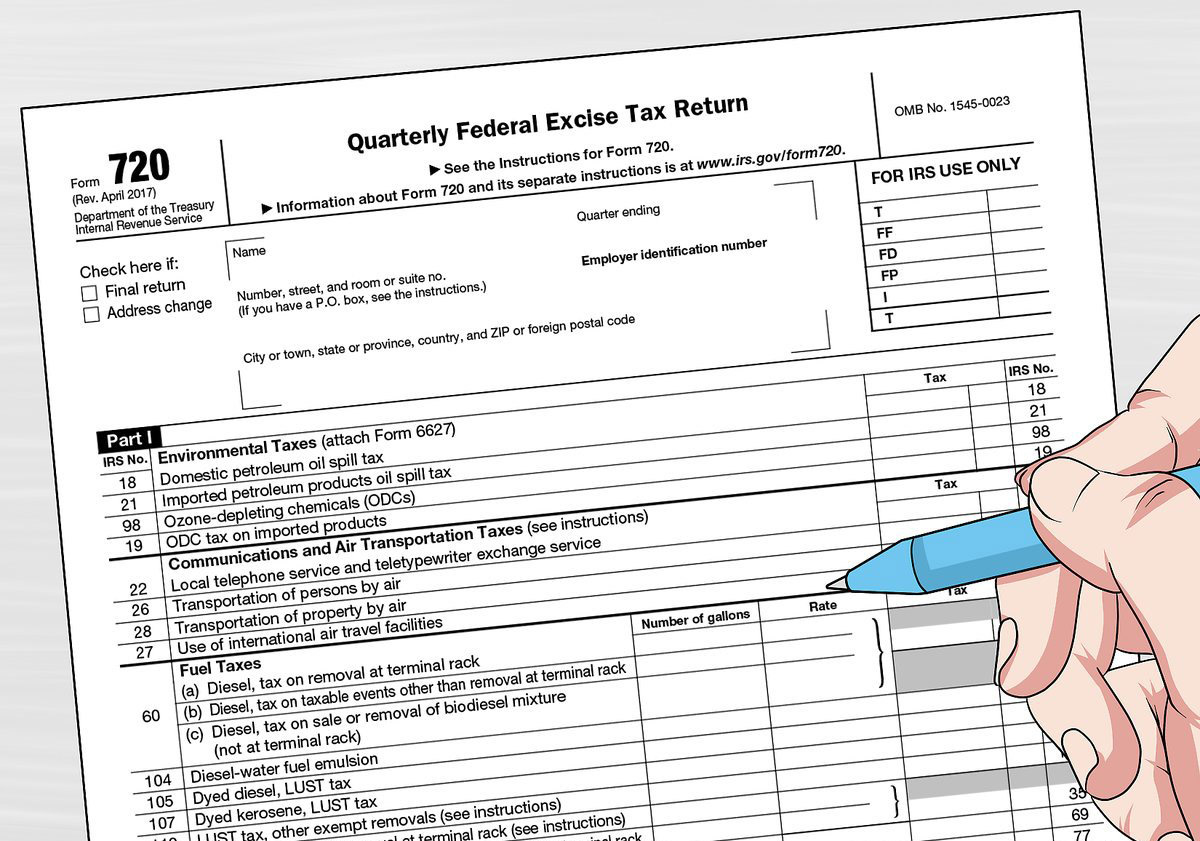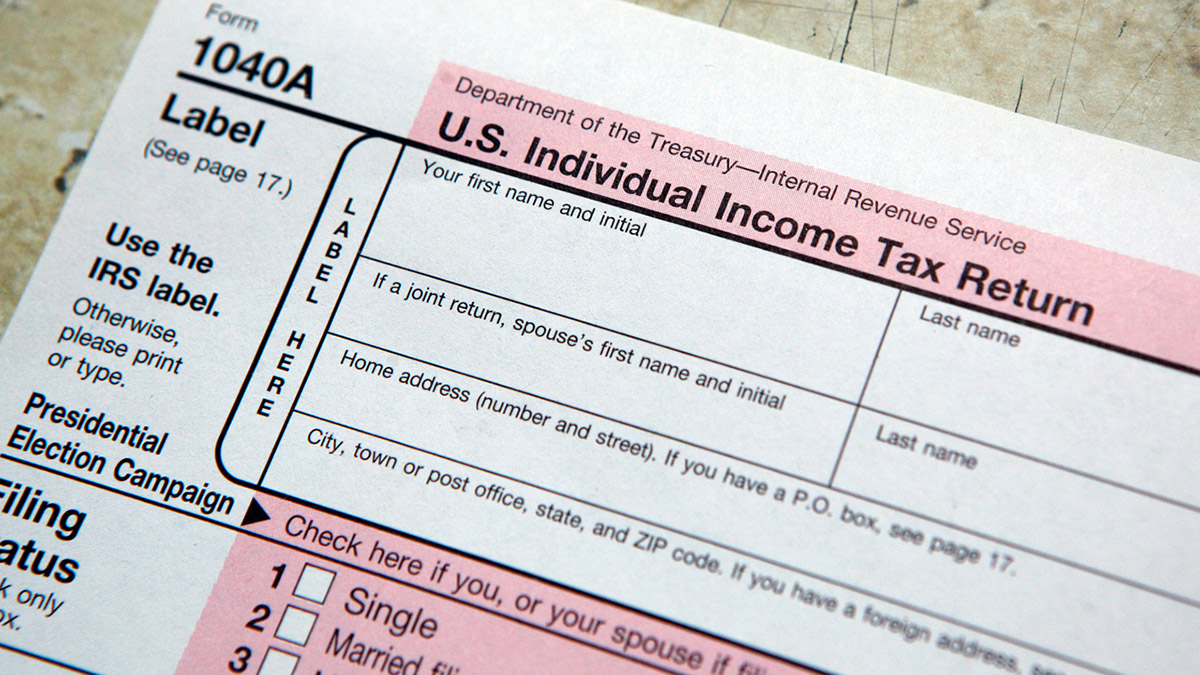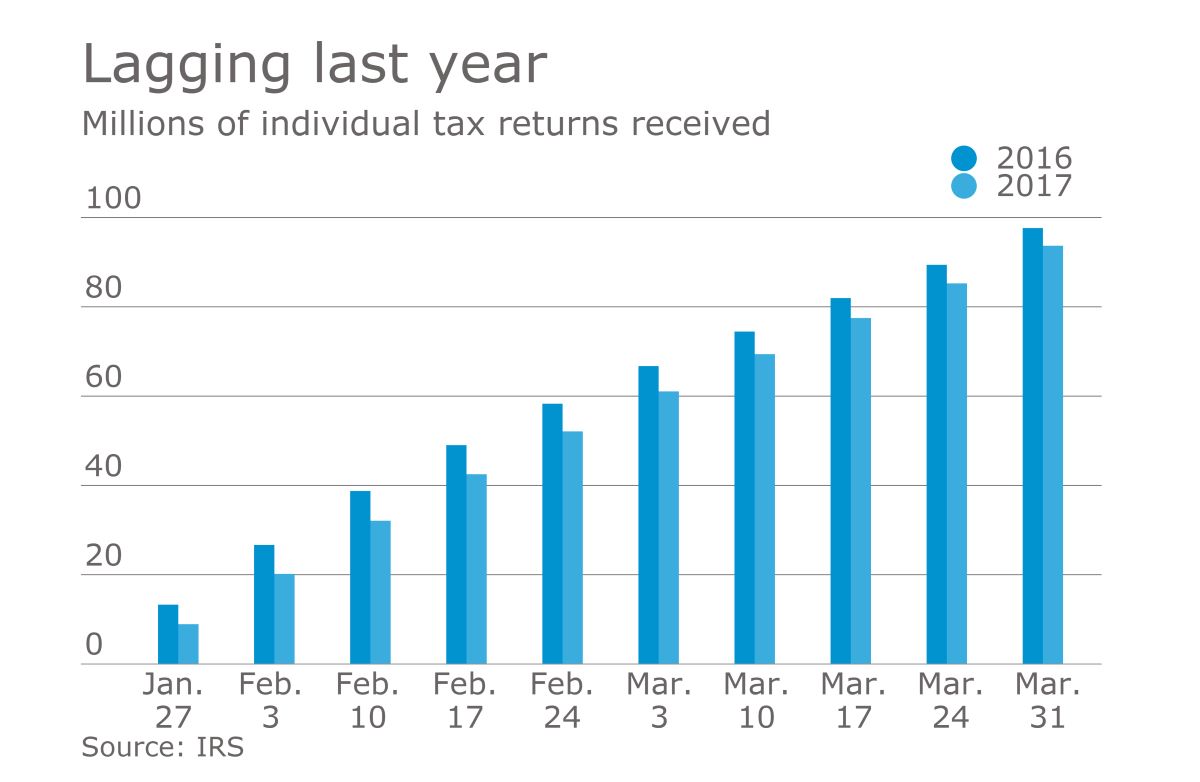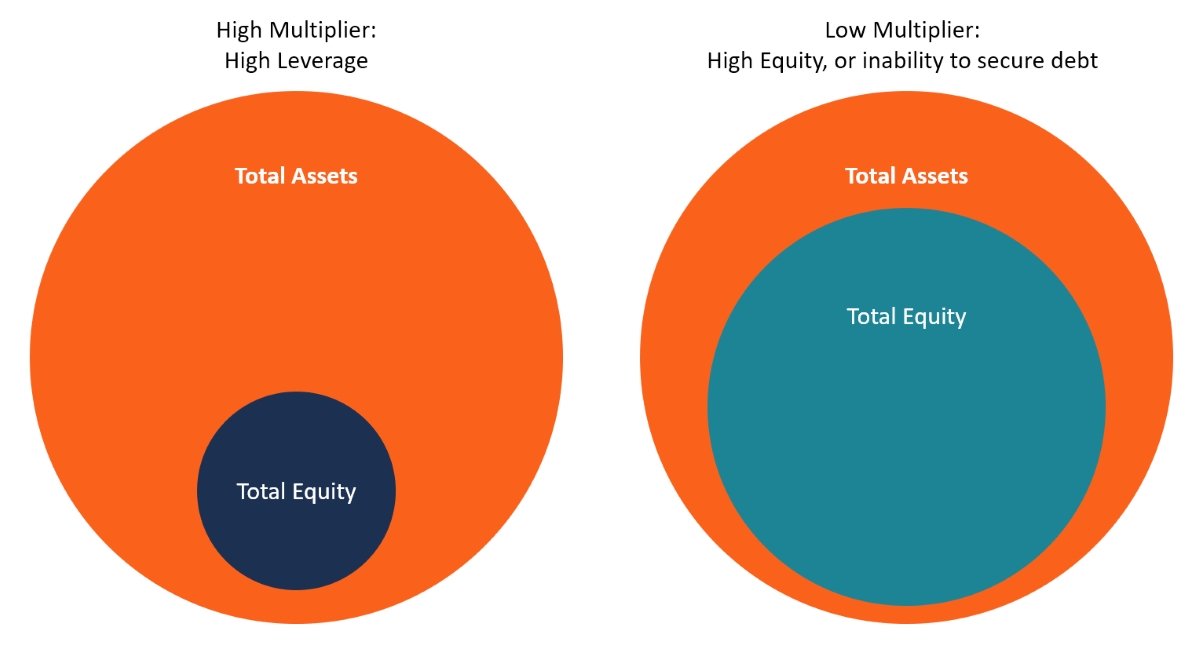Home>Finance>IRS Form 706-GS(D): Generation-Skipping Transfer Tax Return For Distributions Definition


Finance
IRS Form 706-GS(D): Generation-Skipping Transfer Tax Return For Distributions Definition
Published: December 13, 2023
Get the definition and details of IRS Form 706-GS(D) for generation-skipping transfer tax return. Explore finance topics for distributions at a glance.
(Many of the links in this article redirect to a specific reviewed product. Your purchase of these products through affiliate links helps to generate commission for LiveWell, at no extra cost. Learn more)
Understanding IRS Form 706-GS(D): Generation-Skipping Transfer Tax Return For Distributions
Welcome to our Finance category blog post where we dive into the complex world of taxes and financial forms. In this article, we will be focusing on the IRS Form 706-GS(D): Generation-Skipping Transfer Tax Return For Distributions. Whether you are a taxpayer, financial professional, or simply curious about tax regulations, this post will provide you with a comprehensive understanding of this specific tax form.
Key Takeaways:
- IRS Form 706-GS(D) is used to report and determine the generation-skipping transfer (GST) tax on distributions from a trust
- It is important to accurately complete this form to comply with tax regulations and avoid penalties
Now, let’s address the question on your mind: “What exactly is IRS Form 706-GS(D)?” This form is specifically designed to report and calculate the generation-skipping transfer tax on distributions made from a trust. The generation-skipping transfer tax is a federal tax imposed on transfers of property to a beneficiary who is more than one generation below the transferor. This tax helps prevent individuals from bypassing the transfer tax by directly gifting their assets to grandchildren or subsequent generations.
When it comes to filing Form 706-GS(D), here are some key points you need to know:
- Who should file? If a trust has made any distributions to a skip person, meaning someone who is two or more generations below the grantor, then the trustee is required to file this form.
- When to file? The form must be filed no later than nine months after the date of distribution.
- What information is required? You will need to provide details about the trust, the distributions made, the identity of the beneficiaries, and any applicable taxes paid.
- What is the purpose of the form? By completing this form, the IRS can ensure that the appropriate generation-skipping transfer tax is paid on trust distributions, thus maintaining fairness in the tax system.
It is crucial to carefully fill out IRS Form 706-GS(D) to avoid any errors or omissions that could trigger an audit or penalties. Seeking assistance from a qualified tax professional is highly recommended to ensure compliance with tax regulations and accurately calculate any tax liabilities.
In conclusion, IRS Form 706-GS(D) is a vital component of the tax system, specifically addressing generation-skipping transfer tax on trust distributions. By understanding the purpose, requirements, and timing associated with this form, individuals can navigate the complexities of tax regulations and fulfill their reporting obligations.
Remember, when it comes to tax matters, it is essential to stay informed and seek professional advice whenever necessary. Stay tuned for more informative posts on taxes and finance in the future!














